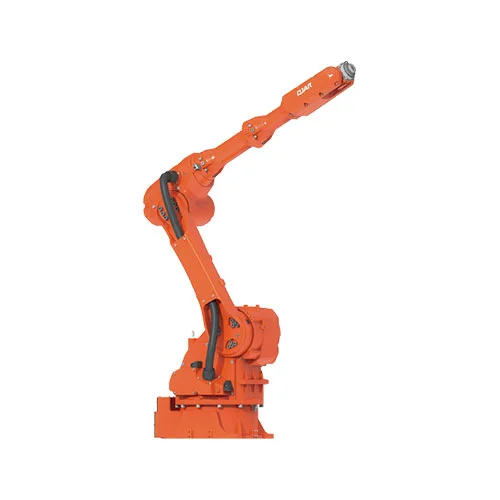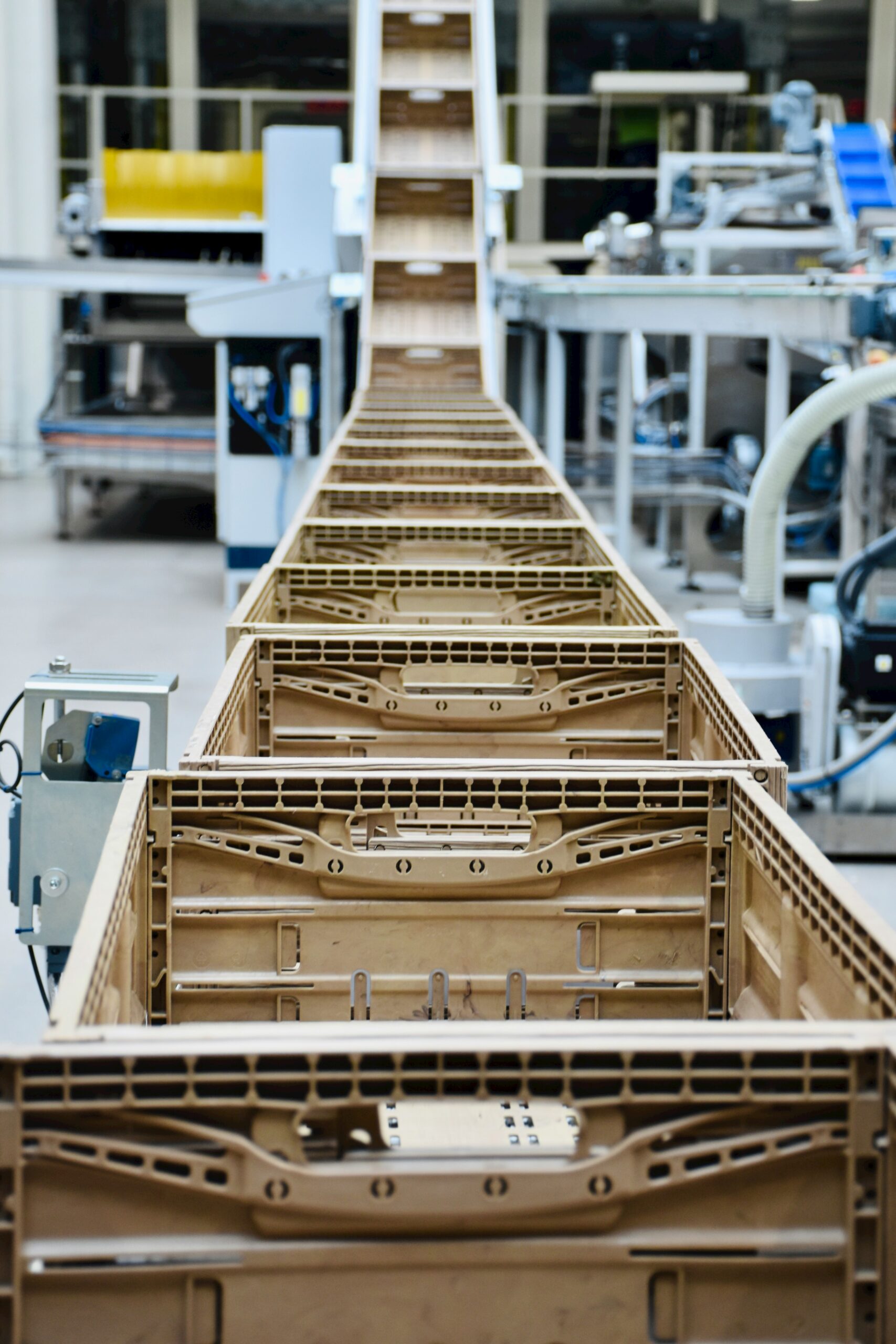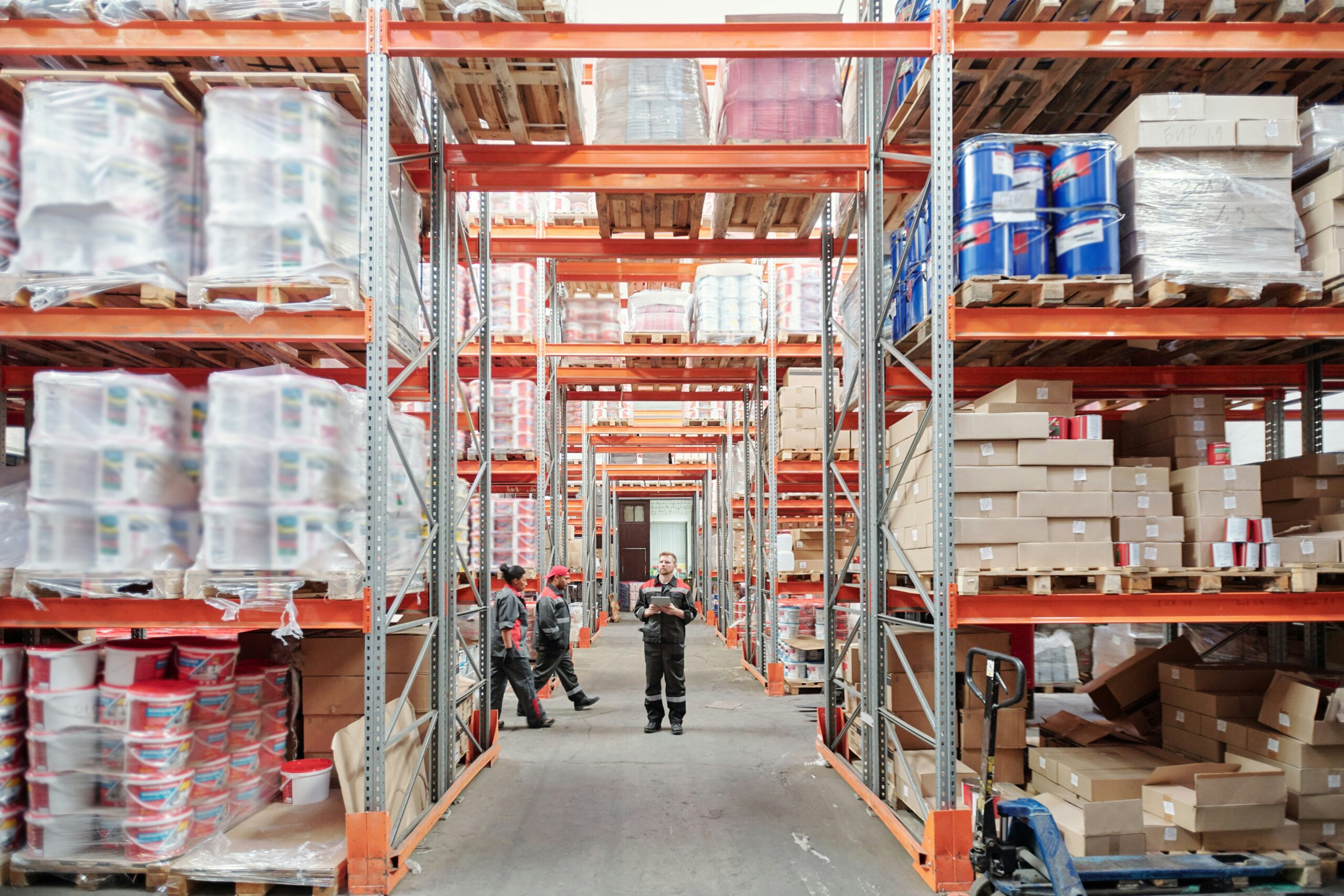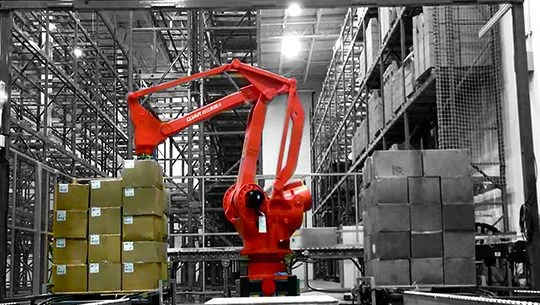The logistics sector is presently confronted with challenges that are unparalleled in nature. With the increasing consumer demand for expedited and dependable delivery services, organizations face substantial pressure to optimize their processes and enhance productivity. Amid the critical circumstances at hand, technology arises as a guiding light of innovation, presenting potential transformative solutions for the domains of logistics and order fulfillment. Pick and place robots and smart logistics networks stand out among these technological developments because of their potential to revolutionize the logistics industry today.
A Comprehension of Pick and Place Robots
Pick and place robots, a category of industrial robots specifically engineered to swiftly and precisely relocate objects from one location to another, are at the center of this transformation. Sophisticated grippers and sensors enable these robots to manipulate a vast array of materials and products with dexterity and precision. An exemplary demonstration of this technology in operation is the QJR10-2000 robotic arm, which claims a remarkable 2001mm reaching distance and a 10kg payload. The inverted configuration or ground installation is possible with this robotic arm due to its compact design, which provides an exceptional degree of flexibility in terms of deployment. Its extensive work area, rapid operation, and precise repeat positioning (±0.05mm) render it an indispensable tool in a variety of processes including welding, spraying, loading and offloading, assembly, sorting, and handling.
The technological attributes of the QJR10-2000, including its maximum speed of 602º/s for specific movements and a 6-axis motion range, highlight the robotic arm’s exceptional efficiency when executing intricate tasks. In logistics, where the timely and accurate handling of products has a direct bearing on overall productivity and customer satisfaction, this degree of accuracy and velocity is of the utmost importance.

Importance of Intelligent Logistics Networks
Intelligent logistics networks are the result of the logistics infrastructure incorporating cutting-edge technologies such as AI (Artificial Intelligence), IoT (Internet of Things), and robotics. By utilizing connectivity, automation, and real-time data, these networks optimize the flow of products from suppliers to consumers, thereby enhancing supply chain visibility and coordination. Pick and place robots are indispensable in such a network because they automate labor-intensive and repetitive duties, enhancing operational effectiveness and lowering the possibility of mistakes.
The integration of automation into pre-existing operations is exemplified through the effective utilization of robotics such as the QJR10-2000 in smart logistics networks. The programmable capabilities of these robots encompass a wide range of duties, such as package sorting and delivery vehicle loading and offloading. Additionally, they maintain communication with the wider logistics network to guarantee that each operation is in accordance with the overarching fulfillment strategy. By achieving this degree of integration, procedures are not only streamlined, but a scalable solution is also established to accommodate varying demand while maintaining quality and efficiency standards.

Advantages of Pick and Place Robot Integration in Intelligent Logistics
Speed and Efficiency Enhancements
A notable advantage of implementing pick and place robots in logistics is the considerable enhancement in velocity and effectiveness that they impart to the processes of fulfilling orders. Robots such as the QJR10-2000 are capable of non-stop operation devoid of fatigue, thereby guaranteeing uninterrupted productivity. The time required to process orders is decreased as a result of their capability to transport items rapidly and precisely, enabling businesses to meet customers’ demands for prompt deliveries.
Increased Precision and Decreased Error Rates
Due to its high repeat positioning accuracy, the QJR10-2000 reduces the likelihood that handling and sorting operations will contain errors. This level of accuracy is especially crucial in the logistics industry, where even the smallest errors can result in significant setbacks, escalated expenses, and dissatisfied customers. Organisations can substantially enhance the precision of their processes by delegating duties that demand precision to robots.
Cost Reduction in Labor and Mitigation of Human Errors
Robotic automation of repetitive duties may also result in significant labor cost savings. This is demonstrated by the case study involving the automatic loading and offloading of CNC machine tool production using QJR6S-1 and QJR6-1 industrial robots. Through the implementation of robotic labor, the undertaking successfully executed a labor reduction of no less than 20 individuals and an increase in productivity of not less than 15%. This not only emphasizes the capacity of robotics to reduce human error but also accentuates the possibility of substantial financial savings.

Operating Flexibility and Scalability
The versatility of installation and seamless integration features of the QJR10-2000 render it an optimal instrument for enterprises seeking to expand their activities. pick and place robots can be swiftly reconfigured to meet shifting business requirements, such as responding to seasonal spikes in demand or adding new product lines, giving businesses a competitive advantage in a market that is rapidly changing.
Case Studies and Practical Implementations
An exemplary case study showcasing the incorporation of pick and place robots in smart logistics involves the deployment of two sets of QJR6-1 industrial robots and fourteen sets of QJR6S-1 industrial robots across two production lines for a given project. This configuration was created to load and discharge pistons from CNC machine tools automatically, demonstrating the adaptability and accuracy of the robots.
The Progressiveness of Projects Technically
One of the most notable aspects of the initiative was its innovative approach to flexible production methods. By virtue of being programmed to operate a variety of piston types without requiring fixture changes, the robots exhibited a remarkable degree of adaptability. The rapid velocities at which these robots operated and their high repeat accuracy (0.03mm) rendered manual labor unnecessary for repetitive tasks. Through the implementation of automated procedures, the initiative achieved a minimum labor reduction of 20 individuals and a minimum productivity increase of 15%. This case study provides a tangible illustration of the effective utilization of pick and place robots in logistics operations to enhance efficiency and reduce error rates.

Challenges and Factors to Be Considered
Despite the obvious advantages of incorporating pick and place robots into smart logistics networks, there are still a number of obstacles and factors that need to be taken into account. Robotics technology may require a significant initial investment, and organizations must diligently evaluate the prospective return on investment (ROI). Furthermore, the incorporation of these robots into pre-existing logistics operations may necessitate substantial technical proficiency and potentially entail surmounting preliminary challenges associated with workforce adjustment and system compatibility.
Conquering the Obstacle of the Initial Investment
The investment in sophisticated robotics, such as the QJR10-2000, may be justified by the enduring reductions in labor expenses and the enhancements in productivity and efficiency. Organizations contemplating the implementation of such an investment ought to undertake a thorough cost-benefit evaluation, which should encompass not only the initial monetary expenditure but also the prospects for subsequent expansion and scalability that these machines may afford.
Integration and Adaptation of the Workforce
Change management and workforce development must be approached strategically when integrating pick and place robots into smart logistics networks. It is imperative to provide training for employees to effectively collaborate with robotics, utilizing these tools to augment their efficiency rather than perceiving them as substitutes. Promoting a culture of innovation and implementing targeted training programs can effectively facilitate this transition.
Conclusion
Pick and place robots can be integrated into smart logistics networks to provide a compelling response to the current challenges facing the logistics sector. These robotic systems, illustrated by the QJR10-2000 robotic arm, provide logistics operations with unprecedented precision, adaptability, and efficiency, allowing businesses to satisfy the increasing expectations of customers for prompt and dependable delivery services.
In the years to come, it is expected that the expanding importance of automation and robotics in logistics will persist. Future logistics firms that allocate resources toward these technologies now will enjoy a competitive advantage, allowing them to deliver services that are more efficient, cost-effective, and reliable in comparison to their current state. The article emphasizes the transformative potential of pick and place robots in the logistics industry through the use of case studies and examples. In light of the present circumstances, enterprises are in a favorable position to explore the potential integration of these technological developments into their routine operations.
Through the implementation of these technologies, organizations are not solely improving the effectiveness of their logistical operations, but also establishing the groundwork for a more sophisticated and fruitful future within the sector at large.
